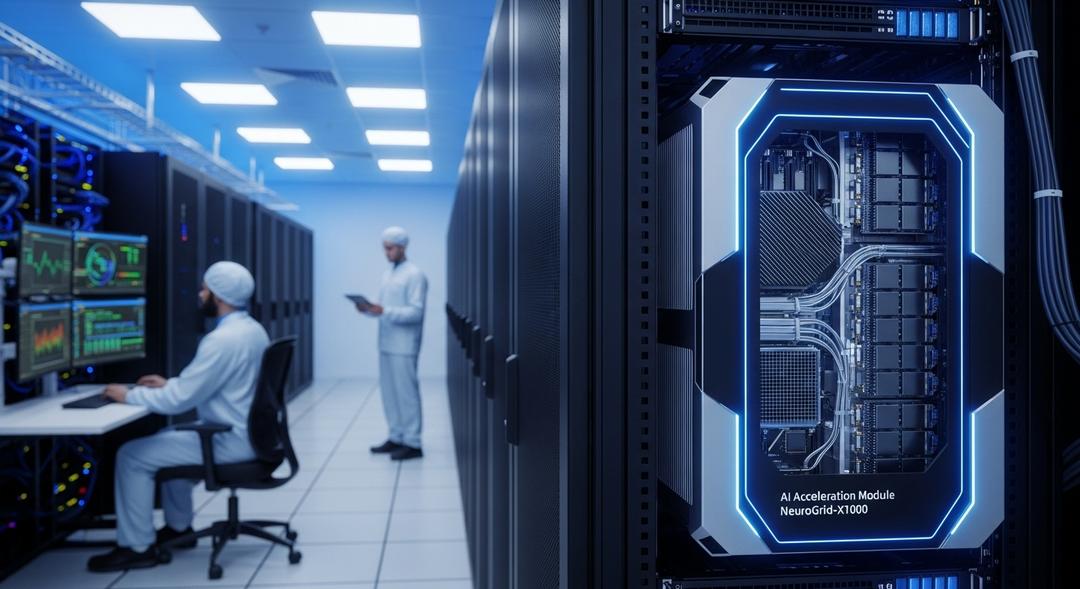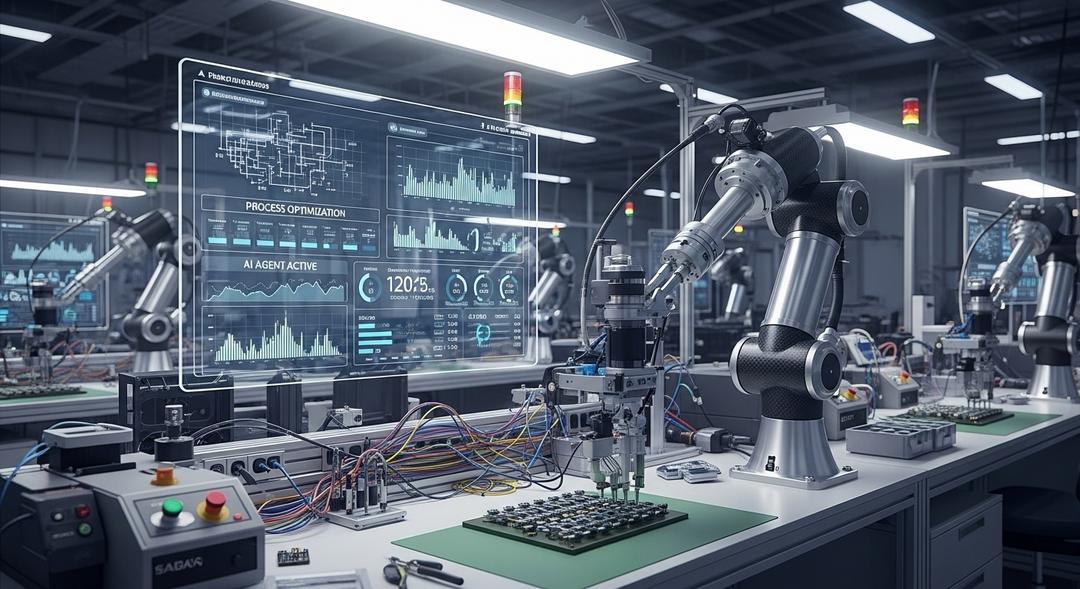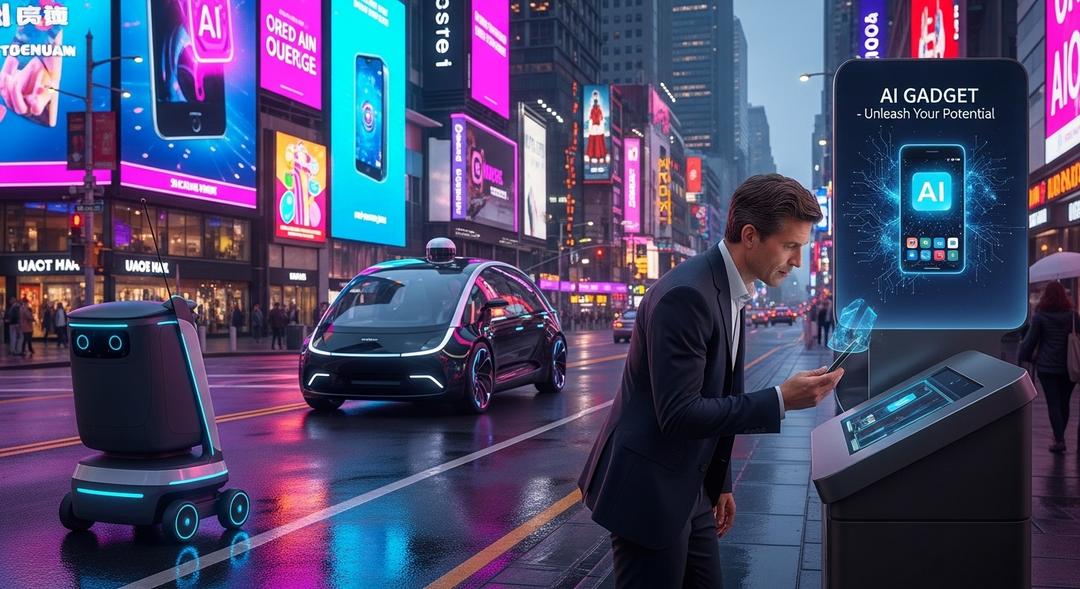Artificial intelligence is taking a firm hold in the business world, but concerns are rising about whether these systems are leaving older adults behind.
Inside companies that cater to senior clients, like Longbridge Financial, leaders are looking closely at how their technology decisions could affect people who might already feel at odds with new tech.
Bill Packer, chief operating officer at Longbridge, has become a prominent voice urging caution as artificial intelligence becomes a bigger part of client services. After spending years helping the company experiment with and roll out new tools, Packer is convinced that the question of ageism in artificial intelligence needs more than just soundbites.
He points to a recent study from this year that set out to test popular language models for bias against seniors. Packer thinks the findings need to be put into context, especially because the researchers themselves might have unexamined assumptions.
“Headlines can be different than the underlying components,” Packer explained. He stresses that the real work involves slowing down and looking at how and why older individuals might be pushed aside by systems that were not originally designed with them in mind.
Building Tools With Older Clients in Mind
At Longbridge, internal data and client experience shape how artificial intelligence tools are trained. Packer said none of the company’s information gets used outside their walls. The development of their Bridget platform, built specifically for the reverse mortgage sector, made them pay close attention to every detail.
Bridget went through over a year of internal testing before ever seeing the light of day. This measured approach, Packer said, is necessary with customers and staff who often have more life and work experience.
“If you look at our own employees, they’re typically on the older end of the spectrum. We’re making sure what we’re making doesn’t suffer from some of these issues,” he said.
But these concerns do not always come from a place of tech skepticism. Packer himself has worked with computers for decades, dating all the way back to early spreadsheet programs. He admits that, like many people, he sometimes forgets how to use the more advanced features he once took for granted.
He recalled one recent moment of frustration with a spreadsheet task, eventually turning to Microsoft’s Copilot artificial intelligence assistant for guidance. The tool gave enough direction for him to recall everything he needed.
These experiences highlight why artificial intelligence can be a powerful equalizer for those not born into technology culture. It offers a chance to level things out, letting seasoned professionals keep pace even as the digital environment keeps changing.
“I think these tools give us wonderful capabilities to sort of level that playing field,” Packer said, and the ongoing focus on strategies for detecting and countering malicious uses of Claude is an important piece of this conversation alongside recent reporting about seasoned professionals facing off with corporate AI training in today’s workforce.








